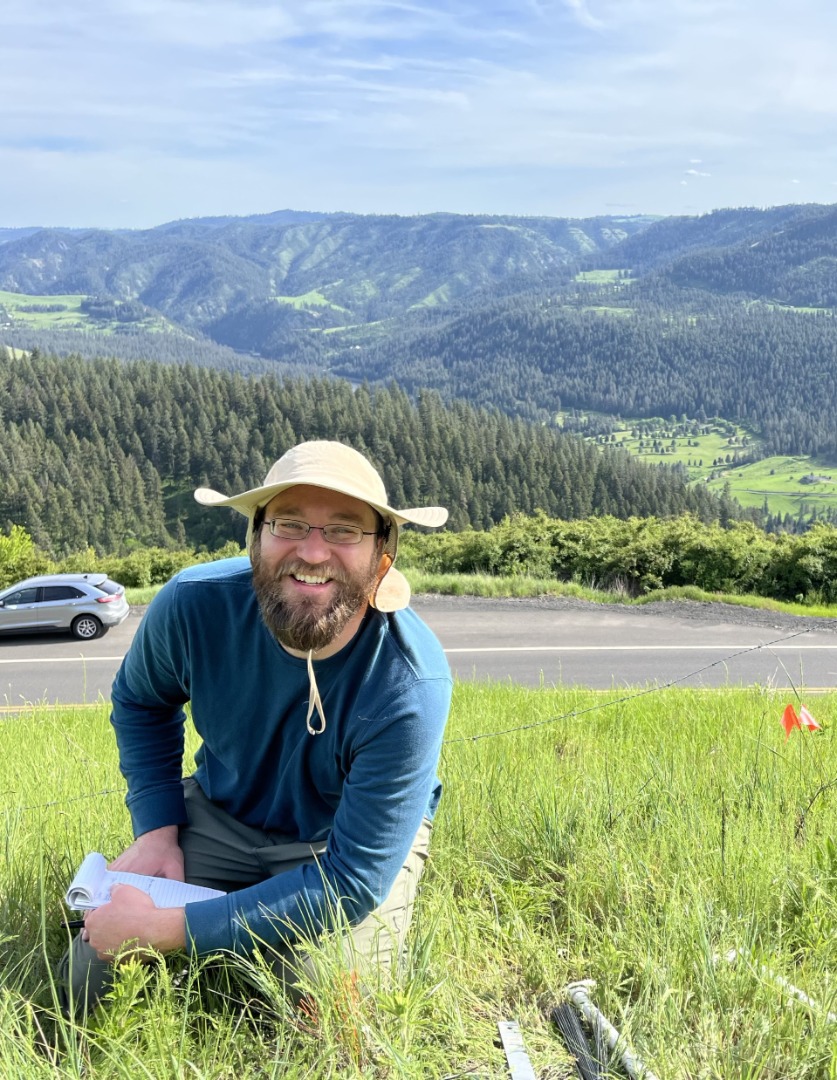| Matthew Tancos |

|
Contact information
Dr. Matthew Tancos
matthew.tancos@usda.gov
Foreign Disease/Weed Science Research
1301 Ditto Avenue, Fort Detrick, MD 21702
Phone: (301) 619-7386
Fax: (301) 619-2880

Matthew Tancos is the Lead Scientist of the biological control of invasive plants project at the Foreign-Disease Weed Science Research Unit (FDWSRU) located at the Fort Detrick U.S. Army installation in Frederick, Maryland. Dr. Tancos’ research group investigates and develops biological control solutions for invasive plant management. His research leverages advances in plant genomics and molecular biology to investigate high-risk but impactful technological advances that will augment microbial-based biological control agents.
Research Emphasis
Research investigates the use of plant pathogens (foreign and endemic) as biological control agents to manage invasive weeds in the U.S., characterizing pathogen emergence and evolution in agroecosystems, and investigating novel molecular-based invasive weed management strategies.

Projects
Publications
- Use the drop down box below to view publications at USDA-ARS:
- Or view all publications via Google Scholar
Education
Ph.D. Plant Pathology & Plant-Microbe Biology, Cornell University
B.S. Biology, Ball State University
Research Experience
- Lead Scientist and Research Plant Pathologist, USDA-ARS, Foreign Disease/Weed Science Unit, Frederick, MD, 2022-present
- Research Plant Pathologist, USDA-ARS, Foreign Disease/Weed Science Unit, Frederick, MD, 2018-present
- Postdoctoral Research Molecular Biologist, USDA-ARS, Foreign Disease/Weed Science Unit, Frederick, MD, 2016-2018
Honors and Awards
- Headquarters Postdoctoral Research Associate Program, USDA-ARS, 2023
- ARSX Finalist, USDA-ARS, 2020
- R.M. Gilmer Award, Cornell University, 2016
- Barbara McClintock Award, Cornell University, 2015
- I.E. Melhus Graduate Student Symposium Award, American Phytopathological Society, 2014
- Outstanding Graduate Teaching Assistant, Cornell University, 2013
- National Science Foundation Graduate Research Fellowship, 2013-2016
- Outstanding Senior in Biology, Ball State University, 2011
- Newell C. Cook Sr. and Jr. Scholarship, Ball State University, 2011
- Rhodes Scholarship Finalist, 2010
- U.S. Environmental Protection Agency Greater Research Opportunities Undergraduate Fellowship, 2009-2011
ARS News Articles

